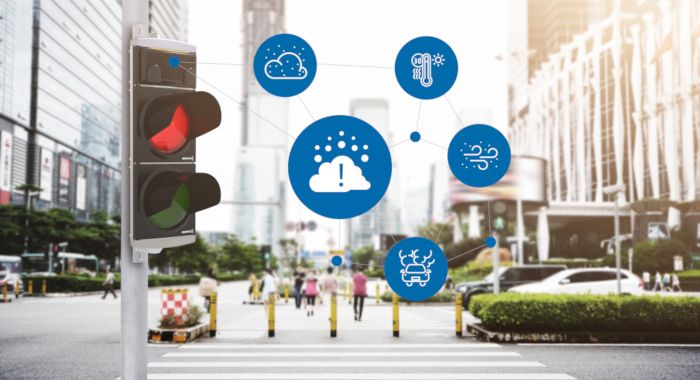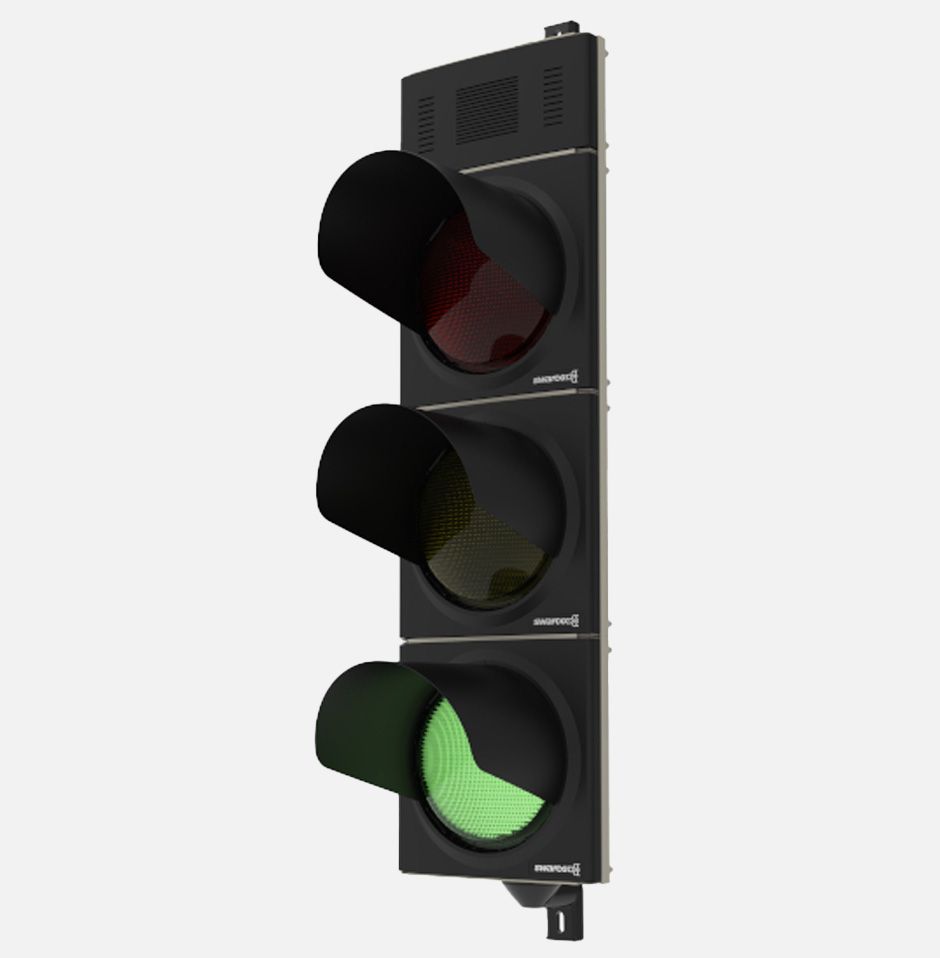Traffic Lights! Future history?
When the traffic light is red, we have to stop. When it is green, we can go. That’s a common signal code all over the world. It’s the same as knowing that running a red light most likely results in a ticket, and not moving at a green light will trigger a “friendly” reminder from others in the queue pointing out “it won’t get greener!”
But what about the origins of this universally understood code?
Let’s travel back in time together and have a look at the journey of a real game changer:
the traffic light.
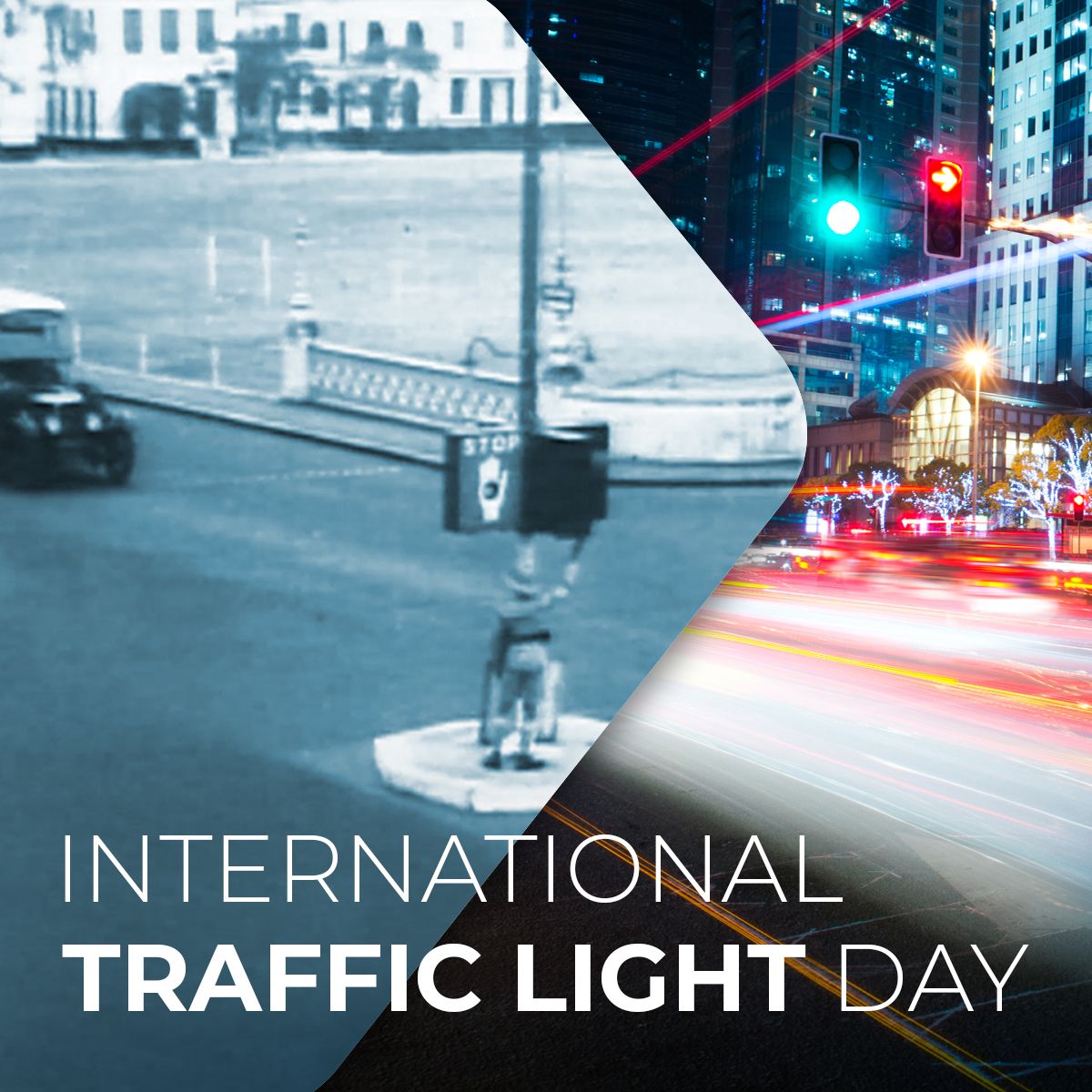
On 5th of August is International Traffic Light Day.
A Star is born…even if it was a little diva
The first stop of our journey is London in the year 1868. Back in those days, cars and trucks were not even in people’s minds. But, what was already there, were intersections where horse-drawn carriages met, and of course, a high degree of innovative spirit.
Although information about the history of traffic lights may vary, it is generally assumed that the first ever signal installed was invented by an engineer who goes by the name of J.P. Knight. At least that’s what a green badge claims on a house located where Bridge Street meets Westminster Street. Compared to today’s signals it was quite different, as it was operated by gas light. Ironically, this device initially meant to increase safety on our roads actually threatened traffic participants, as rumors say it quickly exploded after commissioning. A short career indeed, but nevertheless it was a first step towards safer traffic.
Cleveland is so much more than just LeBron
Let’s move forward in time and arrive in Cleveland, Ohio. Yes, many of us will remember that LeBron James was drafted by the local basketball team in 2003 under thunderous applause. But believe it or not, great things have already happened there before! That’s why we stop a bit earlier at a date which is even more important for history: It’s August 1914, and the streets see a dramatic increase in vehicles, which demands more regulation and guidance through the road jungle. It took a while to make it possible, but with the spread of electric lighting, traffic lights became “en vogue”. Looking across the street, we spot one of them. It is the one which is considered the first electric traffic signal worldwide. Back then, people didn’t know it yet, but time will show that it is a true superstar! The ancestor of many different variations of traffic lights to come, all of them proud of saving thousands of lives every day.
During the next three decades the evolution of traffic signals goes on: No matter if it is the introduction of the lights with multiple arms to regulate traffic in different directions or the yellow light to serve as a warning for the upcoming signal change – a lot of smart innovators put a lot of efforts into sustainably improving the safety on our roads.
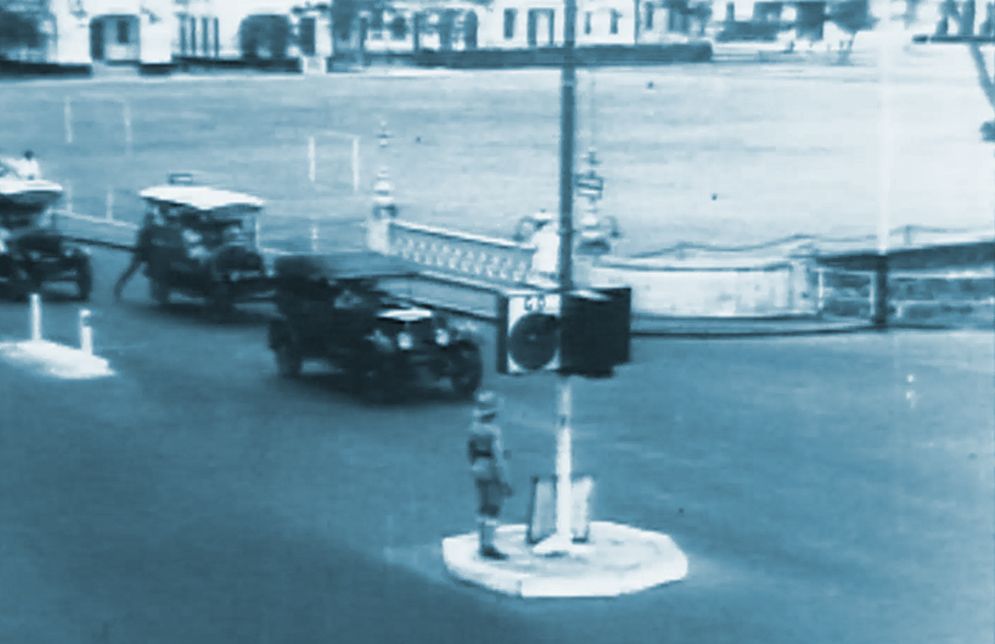
Cleveland in the USA is considered to be among the first cities where an electric traffic signal was installed.
A Christmas gift that brings us safety
The next stop on our journey takes us to the Tyrolean village of Wattens on Christmas Eve 1940. We don’t know if it was a perfectly idyllic white Christmas or not. But what we do know is that it is an important date for the future of road safety and traffic management: It is the birthday of SWARCO founder Manfred Swarovski.
Manfred Swarovski dedicated his life as an entrepreneur, visionary, and road advocate to making the roads of the world a safer place. In 1969, at the age of only 29, he opened up his first factory in Lower Austria focusing on the production of retroreflective microspheres which have become an indispensable ingredient of road marking systems all over the world. These road markings clearly visible at night are responsible for significantly facilitating orientation and improving safety for drivers, pedestrians, and vulnerable road users. SWARCO was born, although not yet under this name.
One small step for a man, one giant leap for ITS
When talking about Manfred Swarovski, there were three major characteristics which made him stand out from the crowd: passion, untiring entrepreneurial spirit, and a holistic understanding of the big picture.
These characteristics made him take the step beyond “just” road marking systems towards the field of what we call today Intelligent Transport Systems (ITS). This is why the next stop of our journey takes us to the year 1986, when Manfred acquired Futurit-Werke AG, a pioneering Austrian manufacturer of polycarbonate traffic signals with global reach. Since then, the words “traffic light” and “SWARCO” have become inseparable. And so have the company’s development efforts on energy efficiency, readability, adaptive control, and smart add-ons of traffic lights.
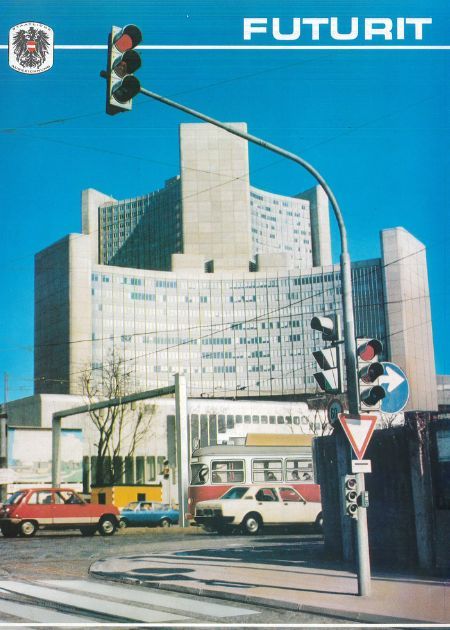
Vintage product brochure of Futurit Werke AG.
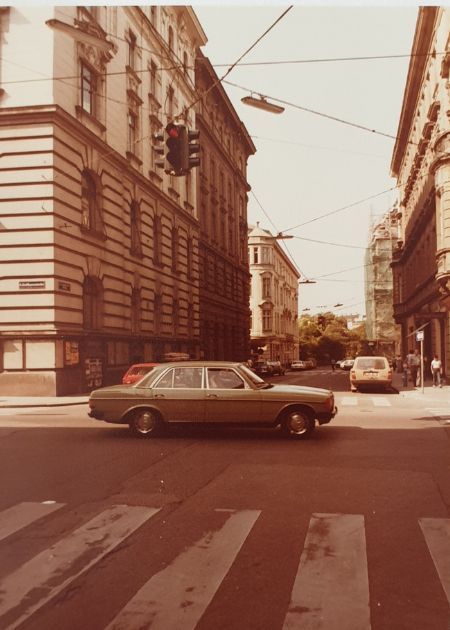
Intersection back in the days with Futurit traffic lights in Vienna, Austria.
Same, but better!
So, now we are back in the 21st century, and we ask ourselves: Do the traffic signals from the past still have anything in common with the ones from today? Well, their basic function of signalling different colours has not changed. However, a modern traffic light from SWARCO is so much more than just a device changing signals between red, amber, and green. It has smart features such as measuring environmental parameters or emitting sound to visually impaired people. It relieves the energy bill of a city, it elegantly integrates into the cityscape, and has a very long life with low maintenance needs. Once more the bigger picture!
A traffic light from SWARCO is not a lonely warrior at an intersection whose main purpose is to try people’s patience. Rather, it is an intelligent, sophisticated and integrated part of a holistic traffic management solution that ensures our travel experience becomes a safer, quicker, more convenient, and environmentally sound one.
A modern traffic light is much more than red, amber, and green.
Traffic lights! Future history?
Who needs traffic lights? Well, we all do! But it will be interesting to see what the future brings. Technological progress enables new opportunities. Vehicles communicating directly with intersections and with other vehicles is not a dream, but already reality.
Perhaps one day the traffic light might be removed or replaced. But don’t forget: The conversion of traffic lights from conventional light sources like incandescent bulbs or halogen lamps to LEDs started in the year 2000 – and it is still ongoing. So the success story of the traffic lights will continue to accompany us with safety, orientation, and order in a complex traffic world.
